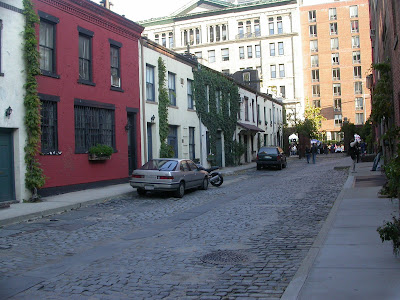About Walking Guide http://walking.about.com
Think of London and what pops to mind? Big Ben, the West End, Piccadilly Circus?
That's how many tourists experience it, but most Londoners themselves live in rather more ordinary surroundings. And, if Monty Python is to be believed, few are more ordinary than the suburban Sussex town of Esher. (In one Python episode, Eric Idle named it as the sort of place that appealed to "middle-class stockbrokers' wives" seeking identical tract homes.)
In other words, if you want to live like a local when visiting London--a well-heeled local, mind you, as the Home Counties aren't exactly a cheap part of the U.K.--then Esher may be just the place. A half-hour direct train trip will bring you from Esher to London's Waterloo Station.
Esher is popular with the horsey set, as it's home to Sandown Park Racecourse and just 8 kilometres (5 miles) from Big Hat Central, Epsom Downs. (On the Epsom Downs website, dress code instructions for the famous Epsom Derby include "Ladies are asked to wear formal day dress, or a trouser suit, with a hat or substantial fascinator" and "For the avoidance of doubt, sportswear and trainers are not permitted in the Queen's Stand." Gosh, no one else does formality quite like the Brits.)
The news hook for this paean to Esher is the fact that The Apartment Service, a U.K.-based rental outfit, has just started offering two-bedroom, two-bathroom furnished apartments in Orchard Place, a complex opposite Sandown. The minimum rental is one week, starting at £875 a week. (I told you the town wasn't cheap.)
By the way, if you do visit Esher and really want to sound like a local, pronounce it "ee-shah" rather than trying to rhyme it with "mesh-er." And don't forget your fascinator.










